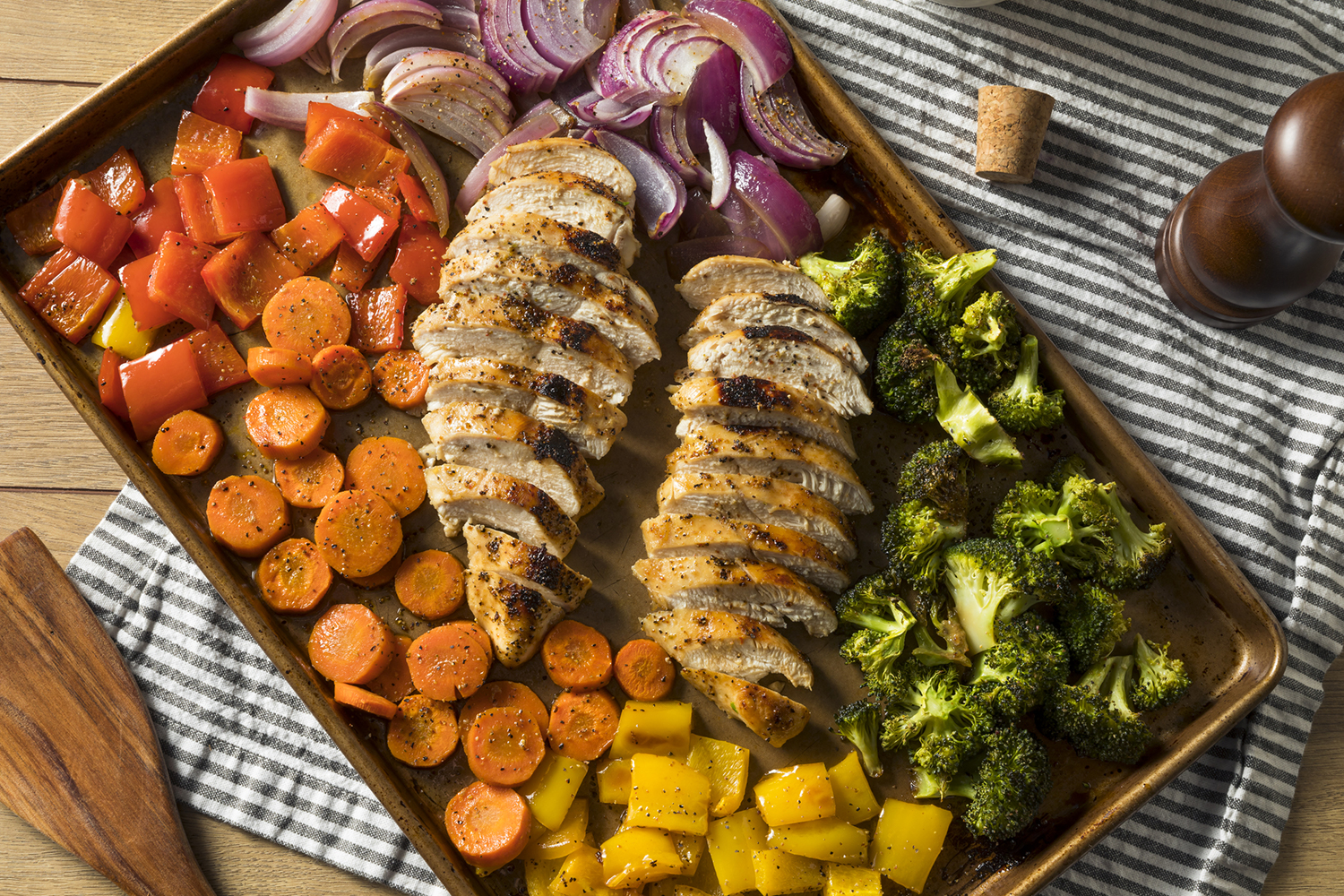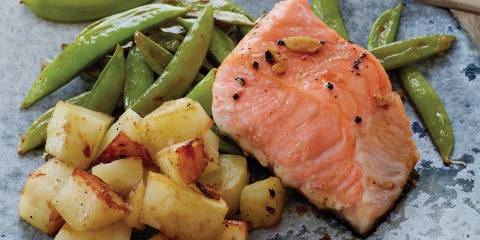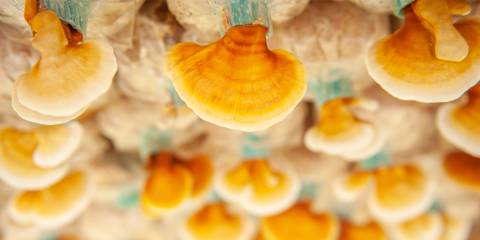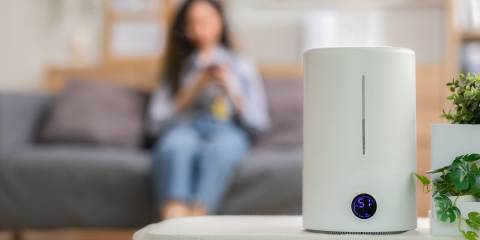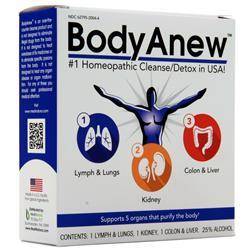One pan? No problem!
Is it possible to make a tasty and nourishing meal with just one pan? Indeed, it is! Best of all, cleanup’s a breeze. Easy to assemble, one-pan meals are the go-to technique for busy nights.
Tips for One Pan Cooking
Equipment
- Use a 13x18-inch rimmed pan. Don’t substitute a smaller size. When ingredients are crowded onto a smaller pan, they don’t brown as well.
- If you’re making a meal for a family of six or more, use a 14x20-inch rimmed baking sheet. You can also use two 9x13-inch baking sheets. Technically, you’re using two sheet pans, but the extra room keeps food from steaming when it should be roasting.
- To achieve optimal browning, look for pans made of heavy-duty non-coated aluminized steel or natural aluminum. Even though they’re not nonstick, they’ll develop a seasoned coating the more they’re used. Pans with a 1-inch raised lip are best for containing ingredients.
- For speedy cleanup, line a sheet pan with parchment paper. Bake food on the paper. When the meal’s done, discard the paper to reveal a cleaner pan in need of less scrubbing.
Seasoning
- Consider seasoning ingredients separately. Season the vegetables with spices, but toss the protein in a separate sauce.
- If your sheet pan is lined, skip oiling it.
Timing Is Everything
- Pair ingredients that have similar cooking times. If the vegetables cook faster than the protein, they could end up burning. Tender veggies such as asparagus and squash pair better with delicate proteins like fish. Hearty items like carrots and potatoes require a longer cooking time and are best roasted alongside dense proteins, such as cuts of bone-in chicken.
- Add ingredients to the pan in stages. Items that take longer go in the oven first (think root vegetables). Roast until they’re almost done, and then slide a quick-cooking protein (fish, thinly sliced chicken breast) on top of the veggies. If the protein cooks more quickly than anticipated, remove it from the oven and set it aside until all the ingredients are done.
- Keep items that need to be flipped frequently on a separate side of the pan away from something that should not be turned often, such as fish.
- If you’re cooking something that needs to be crispy, or an item that’s breaded, place it on a cooling rack fitted atop your sheet pan for the most air flow.
- If the food needs additional browning, turn your oven broiler on at the end of the roasting time. Broil until the desired level of crispiness is achieved. Be sure to watch the oven closely so the food won’t burn. Never place a sheet pan lined with parchment paper under the broiler, as the paper could catch fire.
